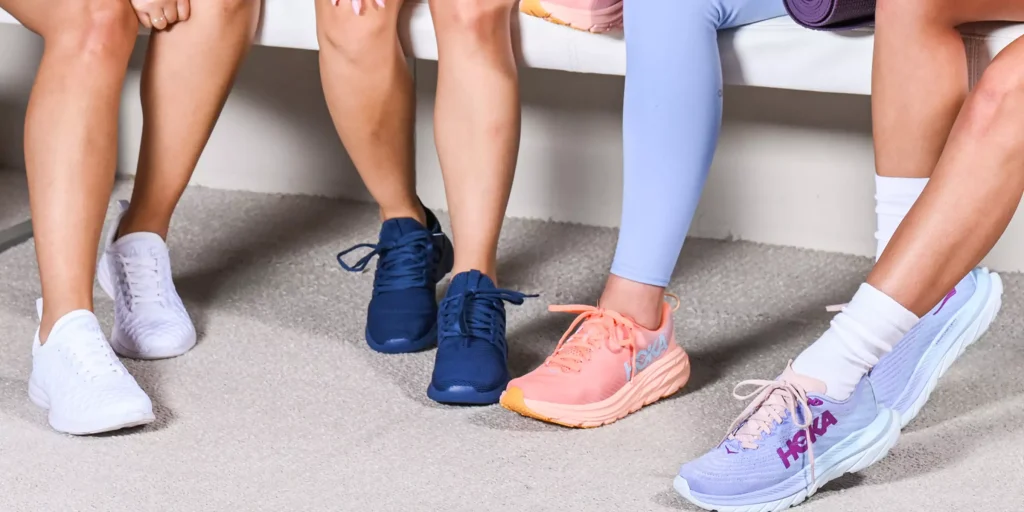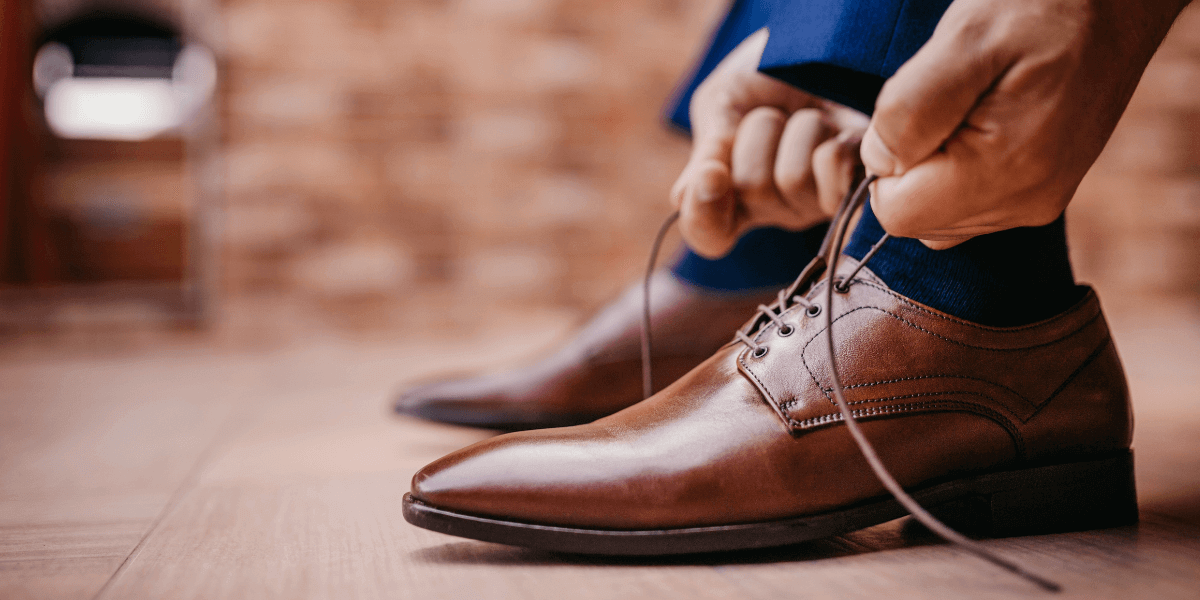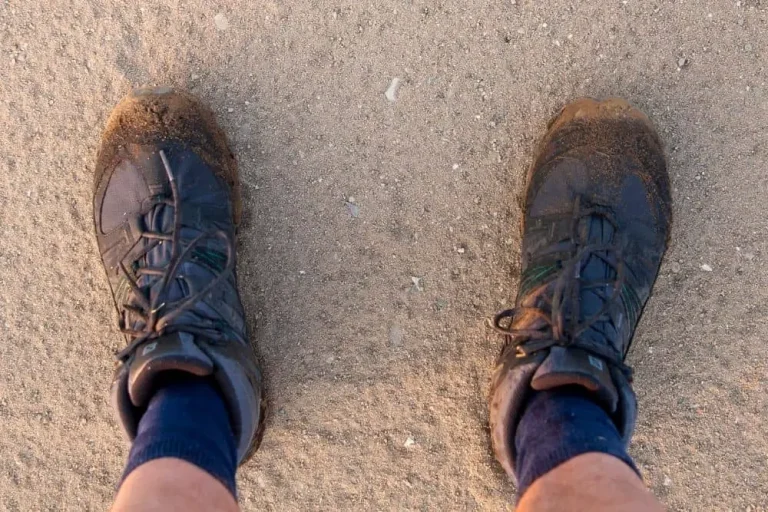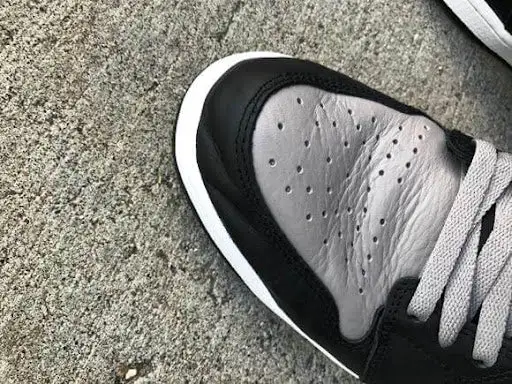How Often Running Shoes Replace? Complete Guide
Running shoes are an essential piece of equipment for avid runners and fitness enthusiasts alike. These shoes provide the necessary support, cushioning, and stability to help prevent injuries and enhance performance. However, like any other piece of athletic gear, running shoes have a limited lifespan and need to be replaced periodically. The frequency at which running shoes should be replaced depends on various factors, including the individual’s running style, body weight, mileage, and the type of terrain they typically run on.
In this blog post, we will explore how often running shoes should be replaced and provide some useful tips to help you determine when it’s time to invest in a new pair. In this blog post, we will explore how often running shoes replace.
How often should you replace your running shoes?

The lifespan of running shoes can vary depending on several factors, such as the frequency and intensity of use, your running style, and the type of terrain you run on. As a general guideline, it is recommended to replace your running shoes every 300–500 miles (480–800 kilometers) or every 6–12 months, whichever comes first. However, it’s important to listen to your body and pay attention to any signs of wear and tear in your shoes. If you start experiencing discomfort, pain, or notice significant wear on the soles or cushioning, it may be time to consider getting a new pair.
When to replace your running shoes

It is generally recommended to replace your running shoes every 300-500 miles (480-800 kilometers) or every 6-12 months, whichever comes first. However, it’s important to note that these are just general guidelines, and the actual lifespan of your running shoes can vary depending on factors such as your running style, body weight, the type of terrain you run on, and the quality of the shoes.
Instead of solely relying on mileage or time, it’s crucial to pay attention to the condition of your shoes. Here are some signs that indicate it may be time to replace your running shoes:
Sole wear
Check the outsole (bottom) of your shoes. If you notice significant wear patterns, smooth areas, or uneven tread, it may indicate that the cushioning and support have deteriorated.
Lack of cushioning
If you start feeling more impact or discomfort during your runs. It could be a sign that the midsole cushioning has worn out.
Uneven wear
If you notice that the shoes are wearing out unevenly, with one side more worn than the other, it may indicate an imbalance in your gait or running form. This can lead to potential injuries and suggests that it’s time for a new pair.
Decreased stability
As running shoes age, they may lose their stability and support. If you feel less stable or notice increased wobbling or rolling of your feet. It could be a sign that the shoes are no longer providing adequate support.
Discomfort or pain
If you start experiencing discomfort, pain, or new aches in your feet, ankles, knees, or hips during or after running. It could be a sign that your shoes are no longer providing the necessary support and cushioning.
Related To: How Often Should Nurses Replace Shoes?
How do you know when running shoes are worn out?
When running shoes are worn out, there are several signs to look out for:
Signs You Need To Change Your Running Shoes
There are several signs that indicate it’s time to change your running shoes. Here are a few:
How to make your running shoes last longer?
To make your running shoes last longer, here are some tips:
Conclusion
The lifespan of running shoes varies depending on several factors. But it is generally recommended to replace them every 300–500 miles or every 6–12 months, whichever comes first. However, it is important to note that these are just general guidelines, and individual circumstances may differ. It is crucial to pay attention to the wear and tear of your running shoes. Such as worn-out treads, decreased cushioning, or a loss of stability. Ignoring these signs can lead to discomfort, decreased performance, and even potential injuries.
Regularly assessing the condition of your running shoes and replacing them when necessary will ensure that you continue to enjoy a comfortable and safe running experience. Remember, investing in a new pair of running shoes is an investment in your health and well-being as a runner.










